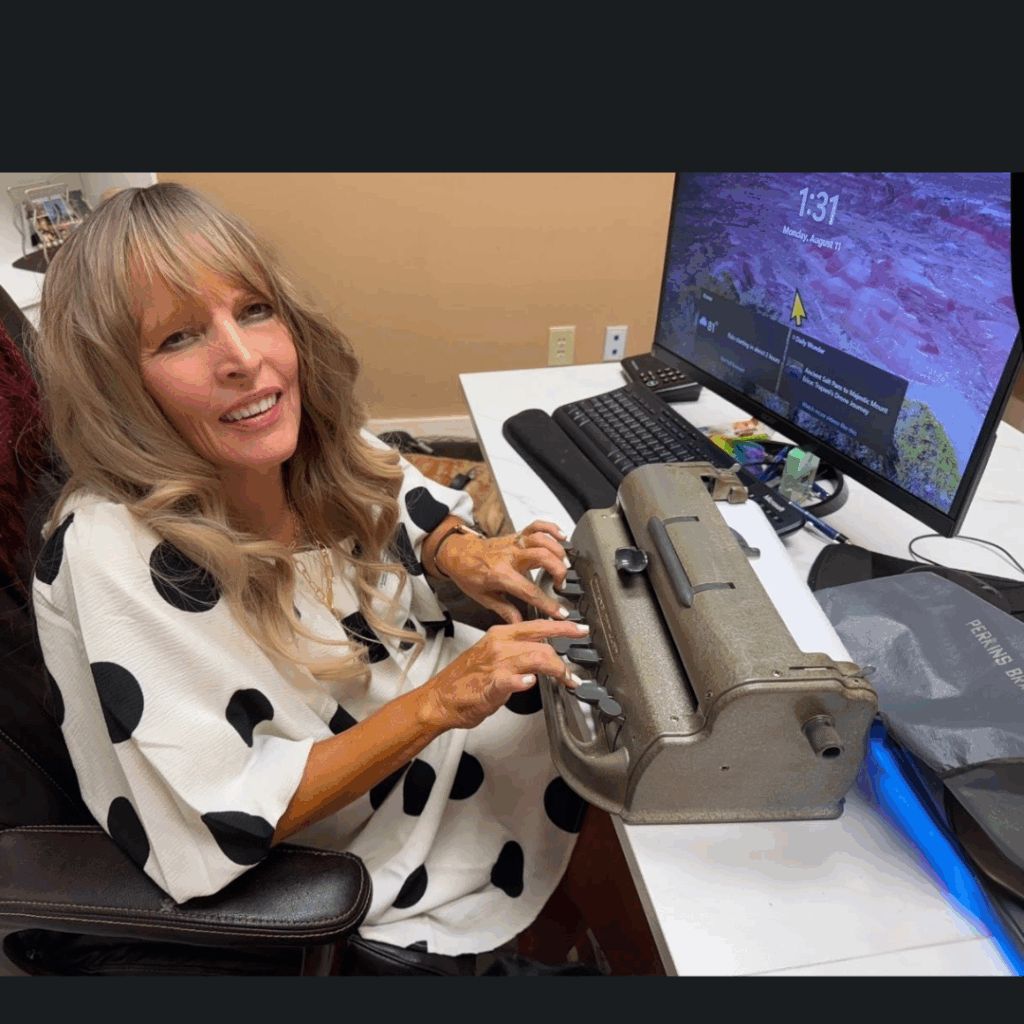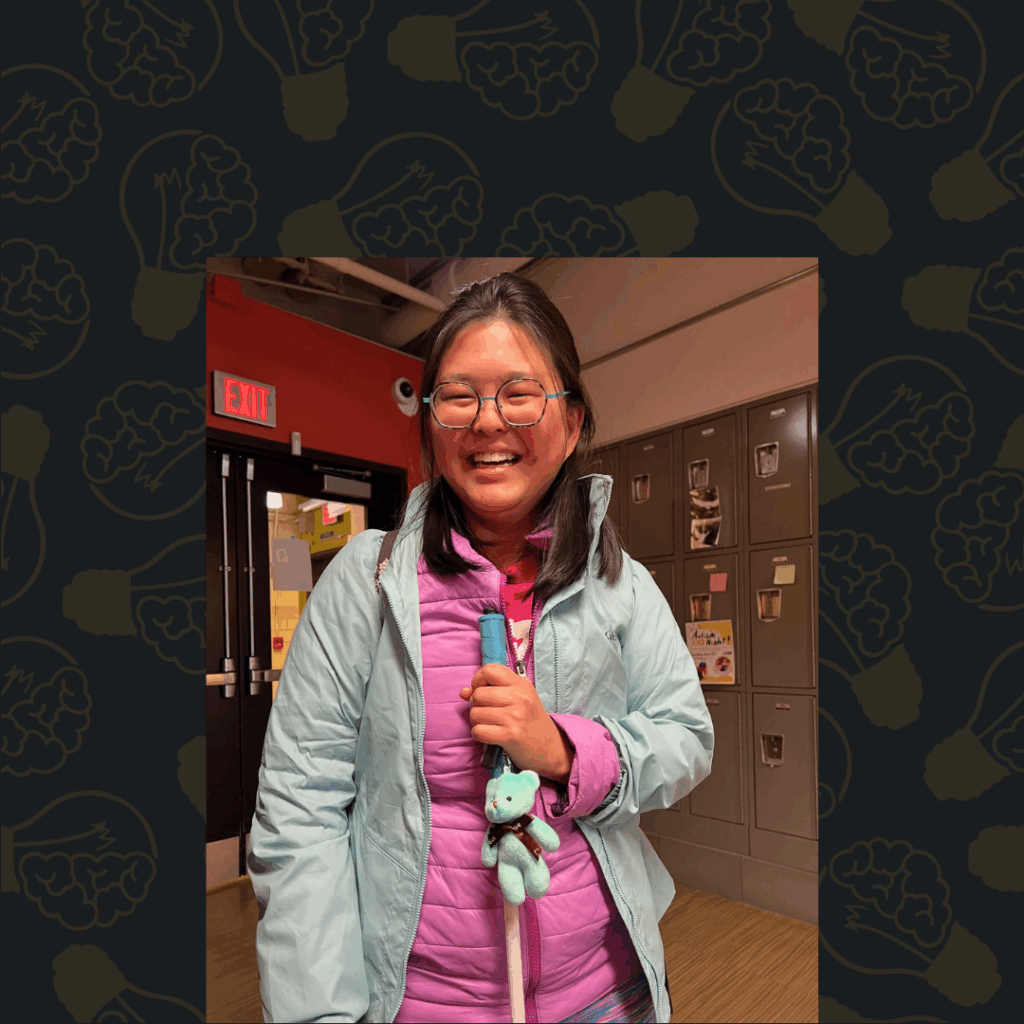Starting a new job is always riddled with emotions – but it can be especially daunting if you have a disability. Current employees are curious if their new blind coworker will fit into the office culture, and wonder how the new employee will react in certain situations.
The new employee is excited about starting a new chapter in life, but may feel uneasy while deciding if this is the best career move. Just prior to the new employee’s arrival, current employees learn that their new coworker is visually impaired. How does this realization change a coworker’s perspective?
I have been blind since birth, and am privileged to have held three jobs. To prepare this post, I talked with coworkers to learn how they felt when learning I was blind.
The fears about having a blind coworker
One gentleman told me he was scared to use words such as “see” or “look” when talking to me, as he thought I would be offended. Another coworker was afraid I would not be able to complete work as quickly as sighted team members, and that she would be forced to do more. A third person told me they were nervous to say hello to me when I was walking through the office, as they thought I counted steps and would lose count by talking. While I appreciate everyone’s concerns, I wish to relieve your fears and help you learn more about our abilities.
The realities of having a blind coworker
- In talking with other people who are blind, we do not count steps. We use our orientation and mobility training to memorize routes and may use an occasional landmark or auditory clue to enhance our ability to find our destination. I love to talk, and exchange pleasantries just as sighted coworkers do through verbal and non-verbal communication.
- I take pride in completing as much work (if not slightly more) than my team members. I arrive to work early, study training materials, and thoroughly understand a situation. Often, I can be found sharing my knowledge with coworkers to help them become more well-rounded.
- Using the word “look” or “see” is perfectly fine. Often, I tell friends that I’ll be looking out the window awaiting their arrival, or that I watched a sports event. In actuality, I listened to the sports event and for the arrival of my friend. However, I know that the majority of the world is sighted and I feel perfectly comfortable using the same words as my sighted friends. Therefore, it is completely acceptable for a sighted friend to ask me if I watched the latest movie or saw the breaking news story.
- Please introduce yourself a few times until we are familiar with your voice. Also, please tell us if you are leaving the area as it is embarrassing to be talking to ourselves. Finally, if we appear lost or to be having difficulty, please offer to assist us. Although assistance is not always needed, knowing someone is willing to help is gratifying and appreciated.
In summation, people who are blind do not possess superhuman characteristics. Although we may perform tasks differently, we are the same as a person who is sighted.
I hope these suggestions and personal reflections have alleviated some of your fears about blindness, and that you feel more at ease when you meet a person who is blind in the future.
About the author
Tim Vernon is totally blind, but never allows blindness to interfere with living a fulfilling and productive life. He graduated from Fitchburg State University in Fitchburg, Massachusetts in 2006 with a degree in Professional Communications.
Since 2008, he has been employed in the customer service department of a utility company. Each day, he handles approximately 80 phone and e-mail inquiries from customers regarding their bills, and processes emergency calls for power outages or gas odors. In his spare time, he enjoys singing, and participating in the Carroll Center’s recreational sailing program.
You can read more from Tim in his first #MyBlindStory post, Disclosing disability to a potential employer: how, when and why



